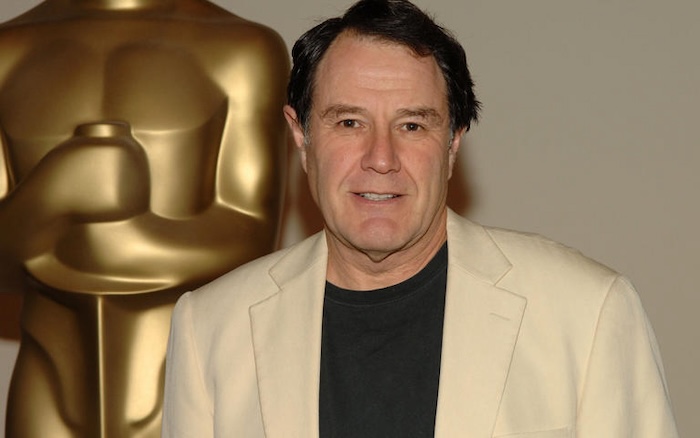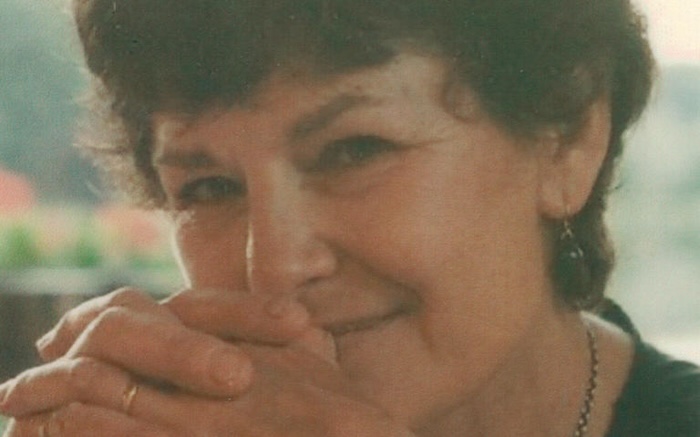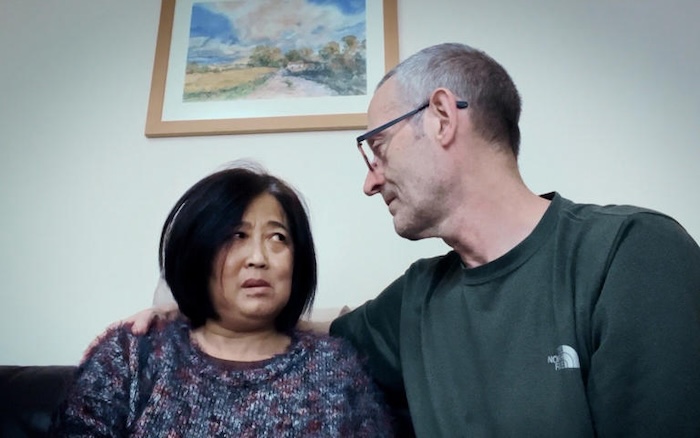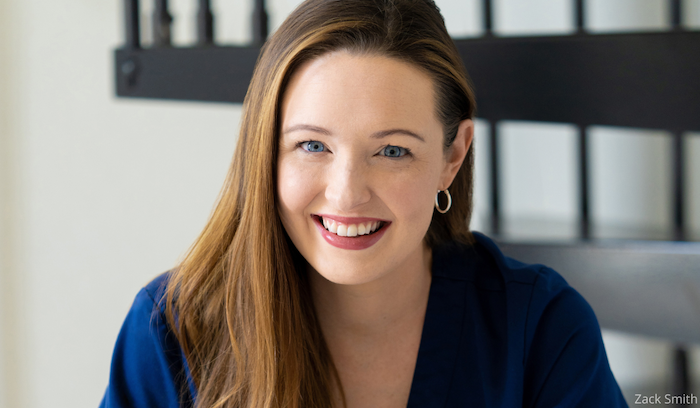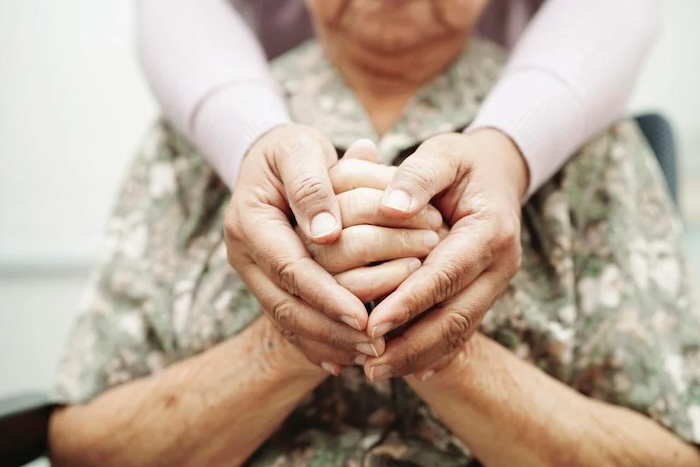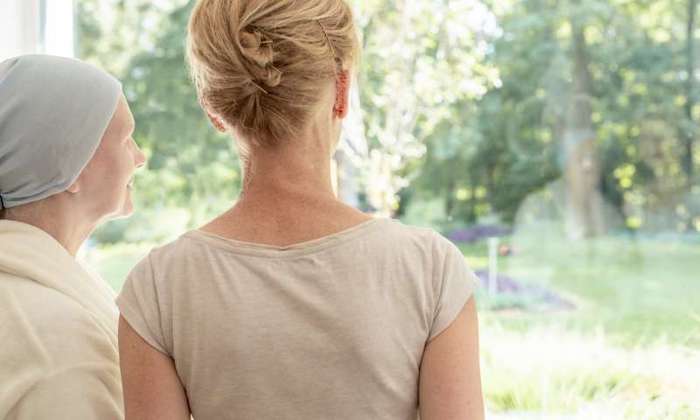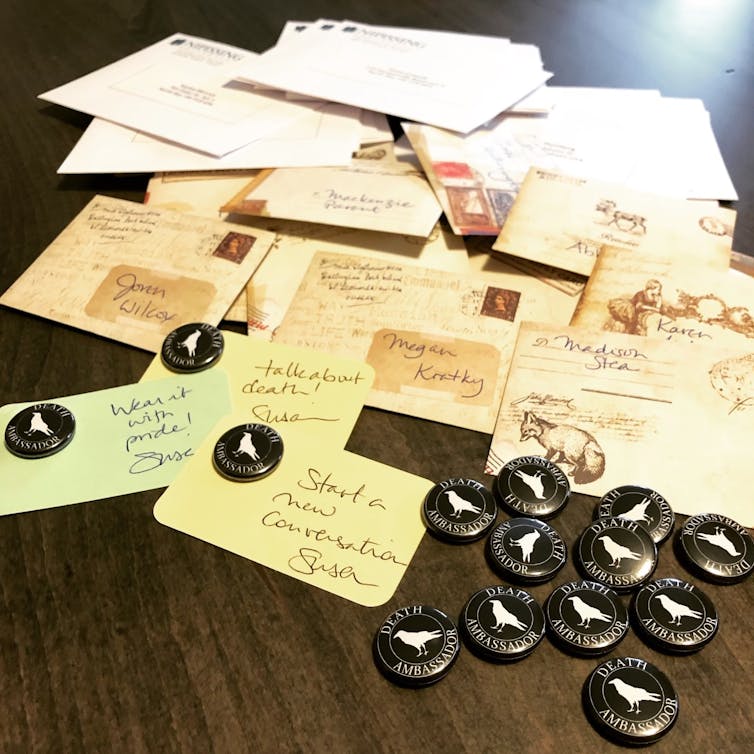— Love you, Mom. ❤️
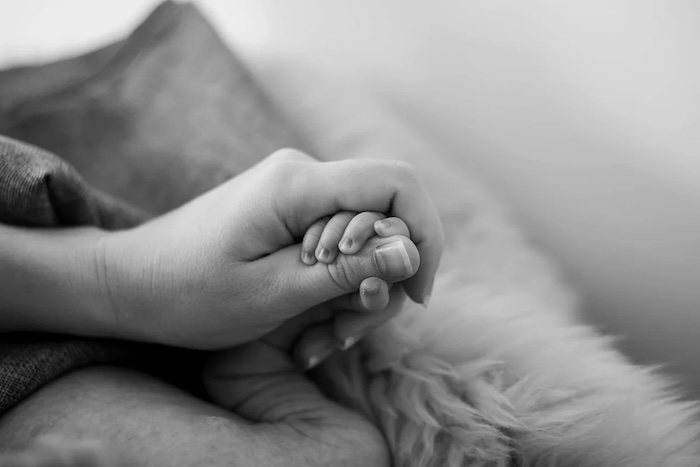
by Carmel Breathnach
My mother died from ovarian cancer when I was a young child.
I’m in my late 30s now, and I’m still navigating this loss as I move through life. I’ve lived most of my life without my mother at this point, but I still miss her.
Here are three things I’ve learned since losing Mam:
1. Grief is not linear and is not solely expressed through tears.
Someone you love has been taken away from you, and your heart has broken into pieces. It’s natural to grieve, but we all grieve differently. Grief shows up in anger, sorrow, guilt, fear, and sometimes peace. It is unpredictable and, at times, exhausting.
I cried when my mother died, and I cried at her funeral when my school choir sang “Be Not Afraid.” I didn’t cry much in the immediate years that followed — not directly as a result of Mam’s death, but probably indirectly related to it. I certainly felt fear and anger and other emotions related directly to my loss.
Then sadness hit me like a ton of bricks one day when I was in my early 20s. A compassionate friend asked me about Mam, and as I hadn’t spoken about her to anyone outside the family, I broke down. It was a good release. The years have brought many stages of grieving.
Mother’s Day is never easy. Shopping for my wedding dress without my mother brought up intense feelings of loss. And sometimes it just hits me hard, on a regular day, yanking me out of my pleasant thoughts. A mother in a dressing room with her daughter, and they’re trying on clothes together, admiring how the other looks. The mother telling the daughter how beautiful she is.
Or a friend of mine, meeting her mother for lunch and Ican’t even imagine what that would be like! I can’t even fathom the amazing joy of having lunch right now with Mam! And then I get that heaviness in my chest and my stomach feels bad.
There’s no closure. My grieving stems from having loved so deeply. I have learned to tune into the emotions I’m feeling and to acknowledge the love, the pain, and the loss.
2. There are no replacements.
Nobody can replace your mother. We love our mothers in our own individual ways. Our mothers care for us when we’re sick, guide us in life the best ways they can, listen to us, and love us unconditionally.
For a mother, her child is always her first priority. And we sense this. We feel it. We know it, even if she doesn’t say it.
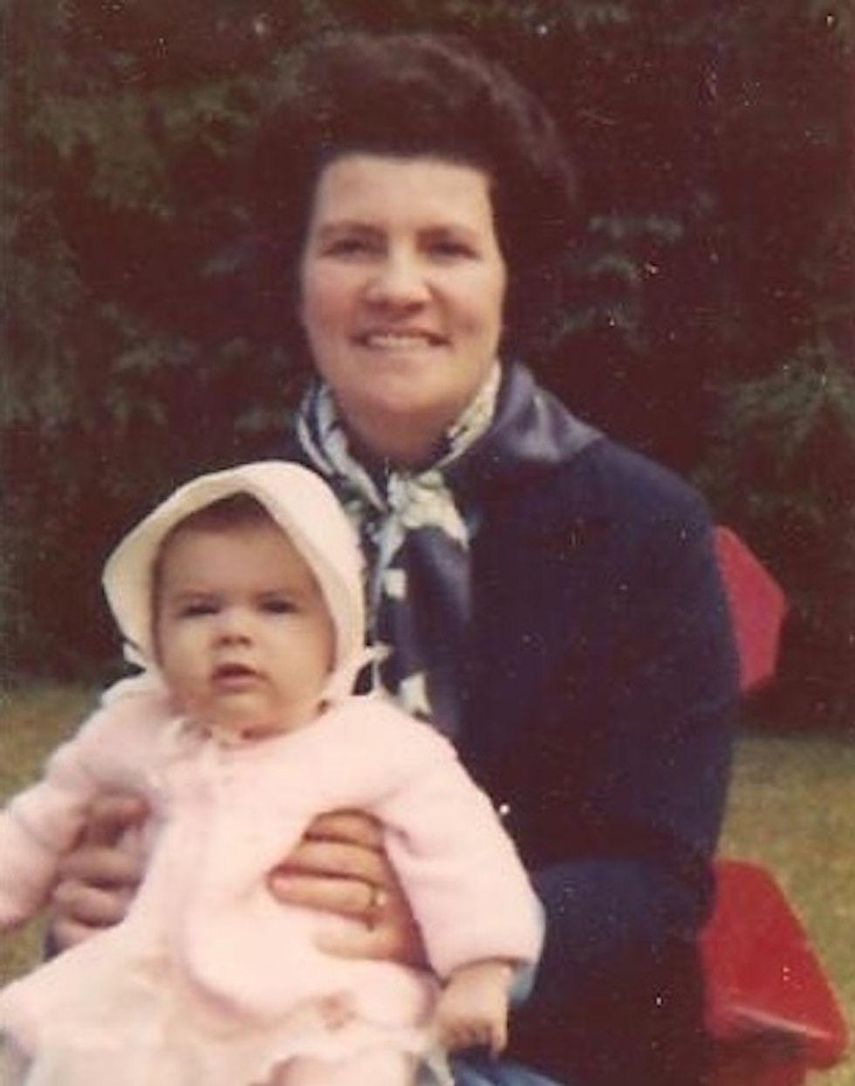
My mother was beyond happy when I was born a healthy baby girl. I was told that she called me her little angel. She carried me in her womb for nine months.
By the time I was born, we had that unbreakable bond, and she knew me from that first second of my existence. There’s never going to be a replacement for that person who loved me probably more than she loved herself. The joy in her eyes when she saw me, the warmth of her arms wrapped around me, the pain in her eyes when she had to say goodbye are all ways that I remember the deep love she had for me.
Mam prepared lunches for me every day to take to school, named muffins after me because they were my favorite, and surprised me with the best doll she could find when I was a few years old. She repaired my soft toys when they tore, taught me to have manners and sit up straight, wiped my eyes when I cried and my nose when I was sick.
Today I look for certain qualities in people. I look for a warmth, a radiance, a compassion and kindness that Mam had. I look for humor, a voice of sense, and strength of character. These are traits that my mother had. I find some of them in others.
But it’s never the same. There’ll never be another Mam. She’s irreplaceable on so many levels.
3. There are other people who will love you and other people for you to love.
Family members and friends will love you. They might not know exactly what your needs are or how to address them, but it’s worth reaching out to them. People struggle with different things.
Perhaps family members cannot love you or be there for you, and we may have to look around, let go, and reach further than we might want to in order to find the people who really love us, but there is someone out there to love you, and there’s someone in need of your love.
I was blessed with the kindest, most devoted father who gave my brother and me all the love and care we needed. My dad is a gem in my life. He calls me to hear my news and to share his. He worries when I’m not feeling good and is overjoyed when I’m happiest. He listens to my concerns and trusts me to make the right decisions.
My dad has helped me so much in dealing with my loss, through caring for me and loving me unconditionally. I have the most wonderful fiancé who loves me to no end. And I’ve friends in my life who I know truly care about me.
I’ve been blessed with a lovely family, but it doesn’t mean that I don’t reach out to others. I’ve reconnected with old friends after years of distance. I’ve discovered things I have in common with others and opened up to new friendships.
Having people to love is truly healing. I was a kindergarten teacher for 10 years. I loved the children in my care, and they showed me so much love in return. By spreading love, we invite more love into our lives. Try volunteering or working in a school or a hospital. There are people everywhere in need of love.
Our world is so big and yet so small now in this age of technology. We can reach out to others across continents.
Our mothers were the first to show us the true meaning of love. In honor of our mothers, let’s spread that love wherever we can.
Complete Article ↪HERE↩!

